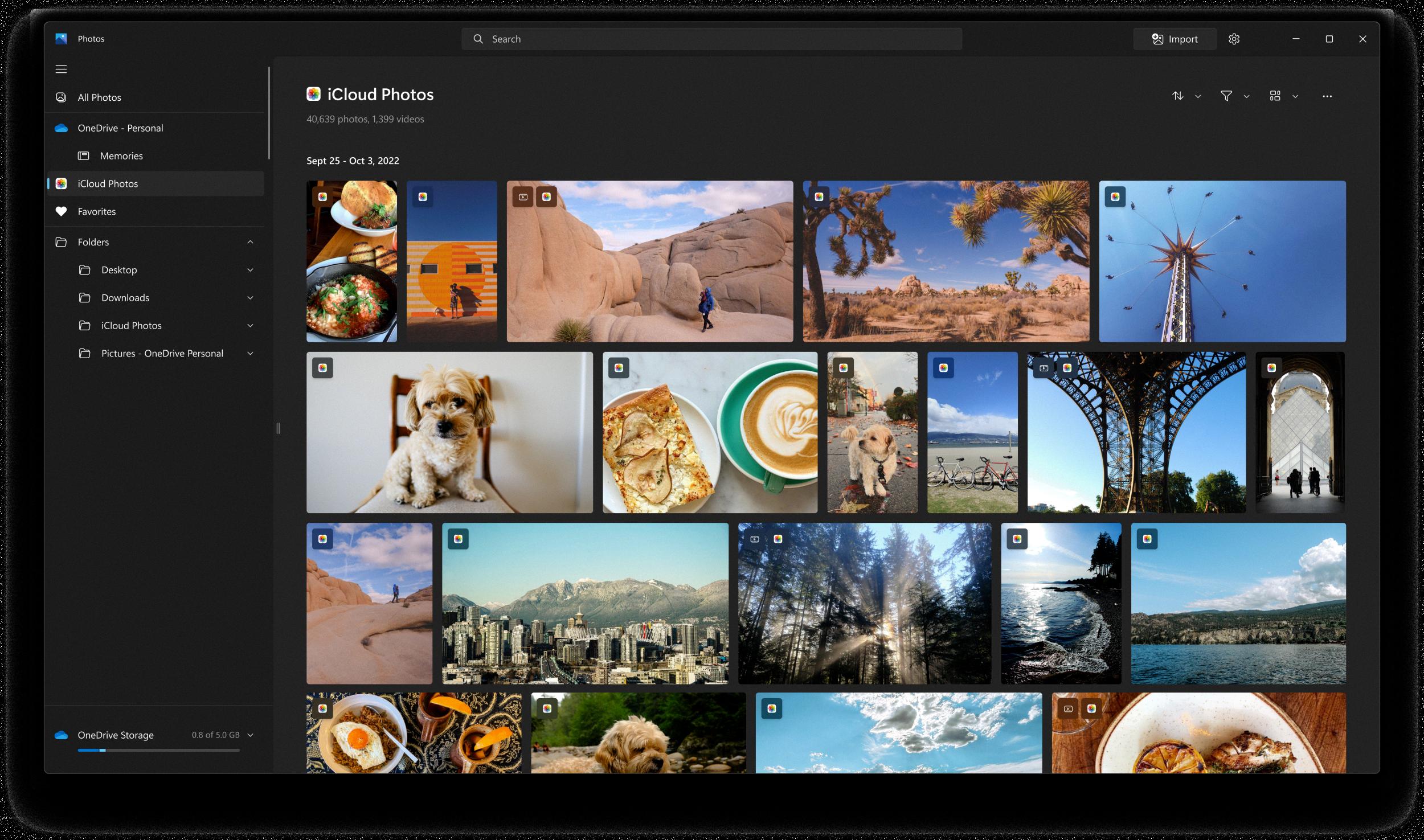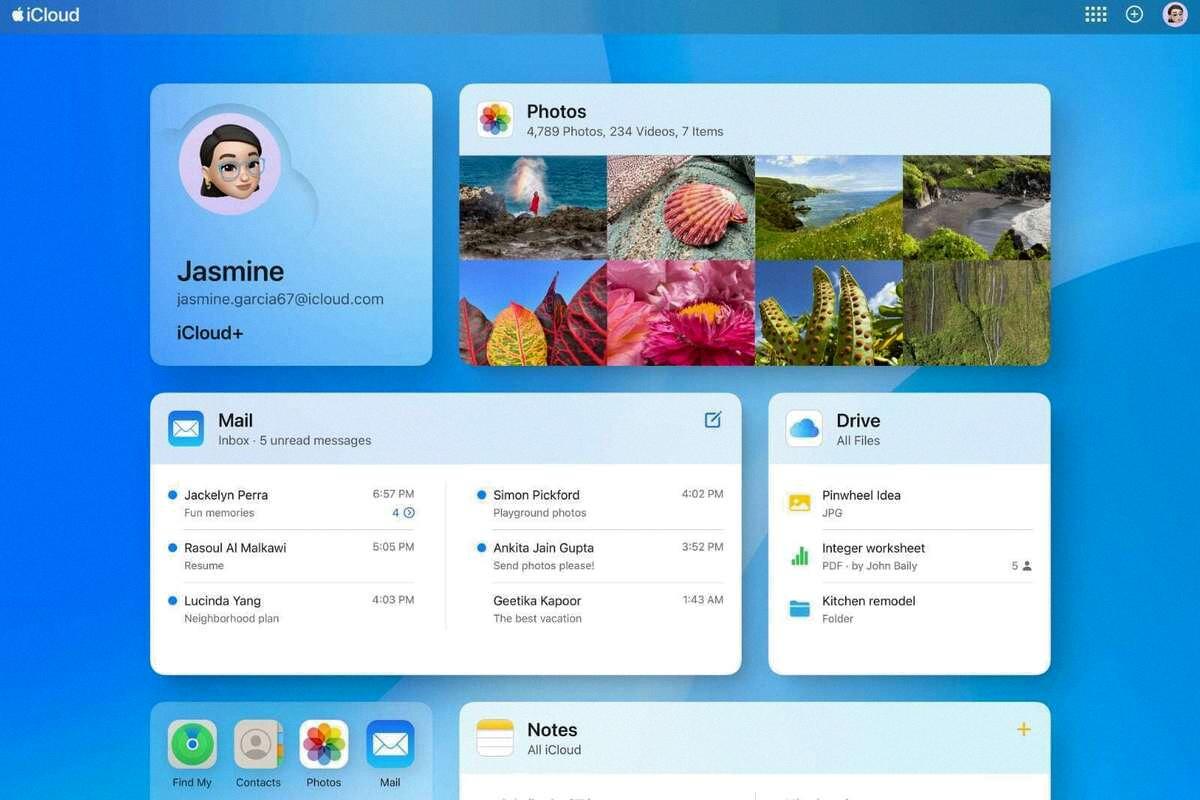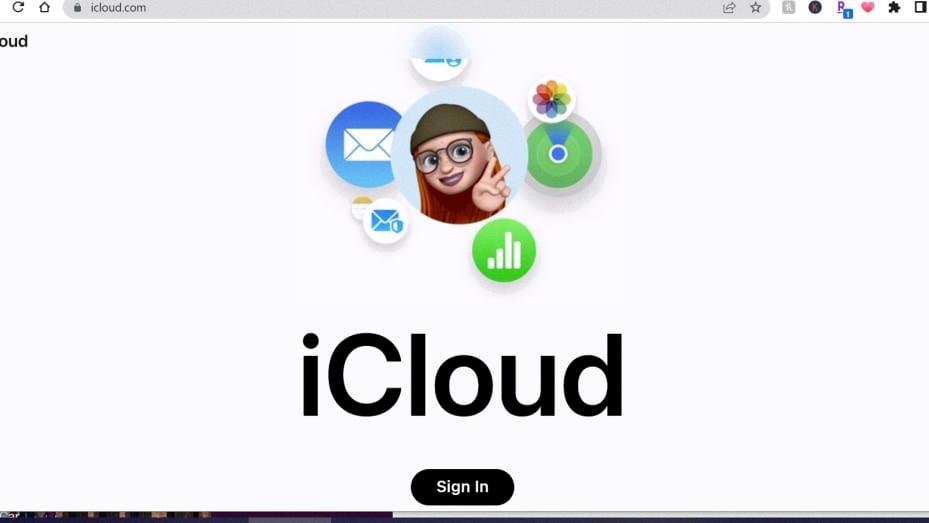Logging into iCloud on your Mac is a simple process that will give you access to all of your Apple services. With iCloud, you can store and sync your photos, documents, music, contacts, calendars and more aross all of your devices. By logging into iCloud on your Mac, you can access all of these features without having to log in again on every device.
To get started, open the System Preferences app from the Applications folder or from the Apple menu at the top left of your screen. Select Apple ID from the System Preferences menu and sign in with the same Apple ID you use for other Apple services like iTunes and App Store. You’ll need to enter your password or use Touch ID if you have it enabled.
Once logged in, select iCloud from the list of services available and check off any services you want to enable. Commonly used services like Photos, Mail, Contacts and Calendars are already checked off by default but additional services like Notes and Reminders might also be available depending on wich version of macOS you’re running.
If you have any iCloud-enabled apps installed on your Mac they may appear here as well – enabling them will allow those apps to sync with their respective cloud-based counterparts so that data can be shared across multiple devices.
When finished selecting which services you want to enable click Done at the bottom right corner then click Apply in the lower right corner to save changes. Your selected services are now set up for use with iCloud – just launch them as usual and they should automatically connect using your iCloud credentials.
Now that you have successfully logged into iCloud on your Mac it’s time to take advantage of all its great features! You can now easily store and sync photos, documents, music and more between devices connected with the same Apple ID – making it easier than ever bfore to access what matters most whenever and wherever it’s needed most!
Logging In to iCloud
To login to your iCloud account, start by goig to iCloud.com. Next, enter your Apple ID and click ‘Next’. If you have two-factor authentication or two-step verification enabled on your account, you’ll need to verify your identity by entering a code sent to a trusted device. Once you’ve entered the code, click ‘Verify’ and you’ll be logged into your iCloud account.

Source: blogs.windows.com
Troubleshooting iCloud Login Issues on Mac
It is possible that your Mac is not connecting to iCloud due to an issue with your Apple ID or password. To try and fix this issue, you should go to Apple > System Preferences > Apple ID and re-enter your Apple ID password. If the issue persists, try restarting your Mac and signing out of iCloud. If the problem still exists, you may need to contact Apple support for further assistance.
Accessing iCloud Account from a Computer
To access your iCloud account from your computer, you will firt need to open a web browser of your choice and navigate to the iCloud.com website. You will then need to log in using your Apple ID, password, and two-factor authentication code (if enabled). Once logged in, you can use the various ?iCloud? web apps to access all of your data, documents, and photos stored within your iCloud account.
Viewing iCloud Photos on a Mac
In order to view photos stored in your iCloud account on your Mac, you need to first set up iCloud on your computer. To do this, click the Apple icon at the top-left of your screen, then select System Preferences > iCloud. Sign in with your Apple ID, and check the box next to Photos to turn it on. Once you have done this, open the Photos app. This will allow you to access all of the photos from your iCloud account. You can also upload new photos from your Mac or delete existing photos from this app.
Using Apple iCloud
Apple iCloud is an online storage service that alows you to securely store and easily access your files, photos, documents, music, apps, and more — no matter what device you’re using. With iCloud, your data is securely stored on Apple servers and updated on all of your devices.
To use iCloud, the first step is to sign in to your device with your Apple ID. Once you’ve signed in, you can choose whch apps you want to use with iCloud and which iCloud features you want to turn on or off. For example, if you want to back up photos from your iPhone to iCloud automatically every day, then you’d turn on the ‘Back Up Photos’ feature.
In addition to turning on certain features for each device individually, there are a few other settings that can be applied across all of your devices via the iCloud website. On the iCloud website (icloud.com), you can manage what content is backed up from each device as well as add new devices or delete existing ones from the list of connected devices. You can also adjust settings such as enabling two-factor authentication or setting up Family Sharing so that multiple family members can share content across their devices.
Using Apple iCloud is easy and secure — it’s a great way to keep all of your important data accessible no matter whee you are or which device you’re using!
Understanding How iCloud Works on Mac
ICloud on Mac works by automatically syncing your files, photos, emails, and othr important data across all your devices. It stores your data securely in the cloud and allows you to access it from any device running the latest Apple operating system.
To use iCloud on Mac, you must first create an Apple ID and sign in to iCloud with it. Once you’re signed in, iCloud will automatically save files saved to your Desktop or Documents folders to the cloud. You can also manually add other files and folders that you want to keep synchronized across all your devices.
You can also use iCloud for specific services like email (iCloud Mail) and online storage (iCloud Drive). With iCloud Mail, you can send and receive messages from any device with an internet connection. With iCloud Drive, you can store documents, photos, videos, music, and more in the cloud so they are alwas accessible across all your devices.
Finally, iCloud also includes a variety of oher features such as Find My iPhone/Mac which allows you to locate a lost device even if it is sleeping or has no internet connection; Family Sharing which allows up to six family members to share purchases; Photos which syncs all your photos and videos across devices; Backups which allows backup of important data like contacts, calendar events, reminders etc; Notes which lets you keep track of notes on all your devices; Pages which allows collaboration on documents with others; iCloud Keychain which securely stores all your passwords; and more!
Troubleshooting Apple ID Issues on Mac
If your Apple ID isn’t working on your Mac, it could be due to a variety of reasons. It could be that your Apple ID is no longer active or there may be an issue with the account’s settings. You may need to update the email address assoiated with your Apple ID. To do this, go to appleid.apple.com and sign in. Then, go to the Account section, and click on Edit. Go to Change Apple ID and update your email address. If this doesn’t resolve the issue, you should contact Apple Support for further assistance.
Viewing Photos Backed Up to iCloud
In order to view photos that have been backed up to iCloud, you will need to open the Photos app. Once you are in the app, you will be able to view all of your photos by tapping on the Library tab. Additionally, you can access additional albums such as My Albums, Shared Albums, People & Places, Media Types, and Utilities by selecting the Albums tab. You can also learn more about content that you have shared with others in this section of the app.
Troubleshooting Issues with Accessing iCloud Photos on Mac
There could be a few reasons why you can’t see your iCloud Photos on your Mac. First, make sure that iCloud Photos is enabled in the Photos app on your Mac. To do this, open the Photos app and click on the menu bar at the top of the screen. Click ‘Preferences’ and then select ‘iCloud’. Check the box next to ‘iCloud Photos’ to enable it.
If iCloud Photos is already enabled, make sure that you are connected to the internet and logged into iCloud on your Mac. If you are not connected to the internet or logged in to iCloud, try restarting your Mac or disconnecting and reconnecting to Wi-Fi.
Another possible reason why you can’t see your iCloud photos is if you have not purchased enough storage space for them. Make sure that you have enough storage space for all of your photos before attempting to access them from iCloud.
Finally, if none of thee solutions work, contact Apple Support for more assistance with accessing your photos from iCloud on your Mac.

Source: computerworld.com
Accessing iCloud Library on Mac
On your Mac, iCloud library is located in a folder called “Mobile Documents” in your user Library folder. To access this folder, open Finder, select Go from the top menu bar and select Go to Folder from the drop-down menu. Then type in “~/Library/Mobile Documents” and press enter. You will then find a number of sub-folders for different apps that store information in iCloud.
Troubleshooting ICloud Photos Not Showing Up on Mac
If your iCloud Photos are not showing on your Mac, there are seeral potential causes. Firstly, ensure that you have an active internet connection and that Wi-Fi is turned on. Secondly, check the settings in your iCloud account to make sure that Upload to My Photo Stream is enabled. If this option is not present, turn on iCloud Photos instead. Thirdly, it may be necessary to reset the Photo Stream cache by signing out of iCloud and then signing back in. Finally, if none of these steps work, try restarting your Mac and check for any new updates which may be available.
Are ICloud and Apple ID the Same?
No, iCloud and Apple ID are not the same thing. Your Apple ID is an account you use to access iCloud and all other Apple services. It is the email address and password you use to sign in to devices, websites, services, and more. iCloud is a cloud storage service that allows you to store photos, documents, music, app data, and more. It also helps keep your data safe by syncing it between all of your devices so they all have the latest version. With iCloud, you can access your data from any device that has an internet connection.
Activating an iCloud Account
To activate your iCloud account, you’ll need an Apple ID. If you don’t yet have an Apple ID, you can create one at the Apple ID website. Once you have your Apple ID, open the Settings app on your iPhone and tap Mail. Then tap Accounts, followed by Add Account. Tap iCloud and enter your Apple ID and password. If prompted, enter a six-digit verification code sent to your trusted device or phone number to complete sign in. Finally, tap ‘Next’ to finish activating your iCloud account.
Activating an Apple ID on a Mac
To activate your Apple ID on your Mac, follow these steps:
1. Open the System Preferences by clicking the Apple icon in the top left corner of your screen and selecting ‘System Preferences’.
2. Select ‘Sign In’ from the System Preferences window.
3. Enter your Apple ID and password when prompted.
4. If you have two-factor authentication enabled, you will also be asked to enter a six-digit verification code sent to your trusted device or phone number.
5. Once you have entered all of the necssary information, click Sign In to complete the process.
Checking if Mac is Backed Up to iCloud
To know if your Mac is backed up to iCloud, open System Preferences and click on Apple ID. Select iCloud in the menu on the left and sign in to iCloud if prompted. Once you are signed in, scroll down to see whether iCloud Drive is checked. If it is, then your Mac is backed up to iCloud. You can also check the Storage Status at the top of the window to see how much storage space you are using for your backups.
Troubleshooting iCloud Password Requests on Mac
The most common reason why your Mac keeps asking for your iCloud password is because your device is not properly connected to the internet. This could be due to a weak or unreliable Wi-Fi connection, or because the iCloud servers are down. It could also be due to an outdated version of macOS, or incorrect settings in System Preferences. If none of these solutions work, try resetting your network settings or deleting and re-adding the iCloud account on your Mac.
The Impact of Erasing a Mac on iCloud
Erasing your Mac will completely delete the iCloud data associated with it. This includes any iCloud backups, documents stored in iCloud Drive, and any other iCloud-related data. When you wipe your Mac, the iCloud registration token for that device will also be wiped. The only remnants of your account on that Mac mght be your FindMyMac token that gets stored on the Recovery HD.

Source: cnbc.com
Removing iCloud Lock from a Macbook
If you have an iCloud lock on your Macbook, the first step is to go to www.icloud.com/find and sign in with your Apple ID and password. Once you’re signed in, click on All Devices at the top of the page. From there, select the Macbook that has the iCloud lock and click Remove from Account. After that, you can turn off Find My Mac by going to System Preferences > iCloud > Find My Mac and turning it off. Finally, enter your Apple ID password when prompted to confirm that you want to turn it off. Once all these steps are complete, the iCloud lock sould be removed from your Macbook.
Viewing What Is Stored in iCloud
Viewing what is stored in your iCloud is easy and can be done from any iPhone or iPad. First, open the Settings app on your device and then tap on “iCloud”. From there, tap on “Storage & Backup” and then “Manage Storage”. You will be able to see which apps have documents stored in iCloud listed uner “Documents & Data” – both iOS and OS X apps can store documents in iCloud. To view the actual files, tap on the app that has data stored in iCloud, and you will be able to access the files it contains.
Conclusion
Overall, iCloud is a powerful and versatile tool for managing digital content across a wide variety of devices. It allows users to store, sync and share ther data quickly and securely, enabling them to access their content from virtually any location. It is an ideal solution for those who need to keep track of large amounts of digital content across multiple platforms. It is also a great way to back up important files and documents in case of accidental loss or damage. With iCloud, users can be sure that their data is safe and secure, no matter where they are.








